 It is generally accepted that swimming is one of the best forms of exercise for general fitness: it offers a full body workout, a low impact sport, engages the core and develops your cardiovascular system. Whatever level you are at: a beginner, young competitor, ex swimmer, triathlete or open water swimmer, here are my top ten tips to help you improve as a swimmer.
It is generally accepted that swimming is one of the best forms of exercise for general fitness: it offers a full body workout, a low impact sport, engages the core and develops your cardiovascular system. Whatever level you are at: a beginner, young competitor, ex swimmer, triathlete or open water swimmer, here are my top ten tips to help you improve as a swimmer.
1. Ask for help!
Use a coach to help develop your technique. Your success as a swimmer will depend on your technique and how efficiently you can hold your technique throughout a swim. Unlike running or cycling, where success will often be determined by the number of miles you have trained, swimming will be determined by your stroke efficiency and how you transfer your power through the water throughout the whole race. Like an iceberg, it is what happens under the water that counts. As a swimmer, it is difficult to correct your own technique, you need an expert pair of eyes watching you and providing you with feedback.
2. Don’t be a one trick pony
Develop all 4 strokes! A triathlete or open water swimmer will often be heard saying, “I don’t need to improve my backstroke or streamlining” but better control and awareness of the water on all strokes will always offer benefits when swimming and racing. Being able to swim all 4 strokes will allow you to adapt your training and increase your total mileage as you can alternate strokes to allow your muscles to rest and recover. This will also minimise the risk of injury and overuse of a muscle group as each stroke will work your body in a different way. Being able to swim and train all 4 strokes will develop your muscles differently, further supporting the statement that swimming is a ‘full body’ workout.
3. Don’t focus on the arms
Develop your kick! Historically, distance swimmers would rarely use their legs but as the sport develops the athlete needs to find and exploit every potential area for development. A swimmer’s kick needs to be strong and consistent but also have the ability to increase the speed and power to make a break. Sarah Sjostrom, the Swedish World Champion, recently clocked a 1:09 for 100m freestyle kick, from a push (not a dive)! The legs contain the largest muscles in the body. To use a continuous kick throughout a swim (whatever the distance), you will need to have wellconditioned legs and the only way to achieve this is to train them, specifically through kick sets!
4. Use your scull
Sculling ! In my opinion, sculling is massively underrated and coached. All swimmers, at every level, should develop their sculling. This will improve the athlete’s ‘feel’ for the water and their ability to position their hands and arms in a position that will maximise how they transfer their energy though the water.
5. Mix it up
Vary your training! Let’s face it as great as swimming is, it can quickly become boring if you simply swim up and down, swim a timed 1500m set or keep repeating a tough 20 x 100m session. As with all forms of training, altering your training plan will help keep you engaged, motivated and stimulated. It will also help you reach your goals faster. Ensure you include a variety of distance/aerobic work, technique development, kick sessions and sprint sessions.
6. Find a buddy
Find a swim partner or better still, join a club ! Swimming with others will help push you to your limit, improve your pace and motivate you at times when you do not fancy a tough set. Swimming can be a very antisocial sport: head in the water, hat on, looking at the bottom of a pool. You need people around you when you rest to bring in the social aspect. Training partners can also help correct technique and pace each other during timed sets.
7. Never think it’s too late
Do not let age limit you ! Whatever your age, it is never too late to start swimming or take your swimming to a new level. Whatever your age, set a goal and work towards it. As a junior swimmer, I was a good regional swimmer but as a senior my main focus was water polo. At the age of 30, I decided to get back into swimming and this year I competed in the European Swimming Masters competition in London. Having this as a goal has given more direction and purpose to my training than I have ever had and I am now swimming faster and training harder than ever. Don’t get me wrong, the earlier you start and focus, the greater your chances are of reaching the high heights of the Olympics, but it is never too late to set a new challenge and develop as a swimmer. A perfect example of this is a former training partner of mine, Steve Harvey. Steve was the International Ultra Triathlon Association World Champion in 2012 and was one of only 8 elite athletes in the world to complete the Triple Deca Ironman in 2013. I used to train with Steve in 2009 when, at 31, he decided to start swim training for triathlons. He competed his first Ironman swim (2.4miles) in a time of 73 minutes. With hard work over the past 7 years he has now reduced that to 57 minutes.
8. Spend time on dry land
Include Dryland Conditioning (gym work). I remember as a junior when my club introduced dryland training, over 20 years ago. We use to go to a local school and use their sports hall to complete circuit training, flexibility work and the multistage fitness test (aka. ‘The bleep’ test). As a junior, this was great fun. Something different to normal training and a different environment. Strength and Conditioning within swimming has continued to develop and now plays a crucial part of any swimmer’s training plan. Mark Foster, a former World Champion in the 50m Freestyle, has previously said: that “about 50 percent of [his] training [was] in the gym and 50 percent in the water.” We all know about the benefits weight training offers to us all but specifically for a swimmer of all levels as the majority of the training is none weight bearing. Dryland Conditioning can help develop muscle and bone strength and improve the athlete’s power, speed, flexibility and muscle endurance that they can then transfer into the pool. It is however, important that your training program complements the work you do in the pool.
9. Stretch it out!
Flexibility ! This goes ‘hand in hand’ with the Dryland Conditioning point. As we develop muscle mass, we tend to see a reduction in our flexibility? this can have a big impact on our technique in the water. Ensure you stretch after every session, both in the gym and in the pool!
10. Think like a swimmer. Act like a swimmer. Be like a swimmer
Train like a swimmer ! If you want to improve your swimming, approach it like a swimmer. This does not mean you need to plough up and down a pool and complete 50+ miles a week (although for some athletes this is needed). Focus on quality and technique to make you more efficient in the water. Following Steve’s impressive 16 minute improvement in his Ironman swim he said, “I worked my ass off to bring the time down and really felt like a swimmer at the end!” My advice would always be to look at what you need to do to improve and focus on this, piece by piece, train smart and set small goals!
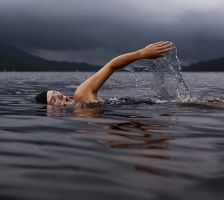
 It is generally accepted that swimming is one of the best forms of exercise for general fitness: it offers a full body workout, a low impact sport, engages the core and develops your cardiovascular system. Whatever level you are at: a beginner, young competitor, ex swimmer, triathlete or open water swimmer, here are my top ten tips to help you improve as a swimmer.
It is generally accepted that swimming is one of the best forms of exercise for general fitness: it offers a full body workout, a low impact sport, engages the core and develops your cardiovascular system. Whatever level you are at: a beginner, young competitor, ex swimmer, triathlete or open water swimmer, here are my top ten tips to help you improve as a swimmer.


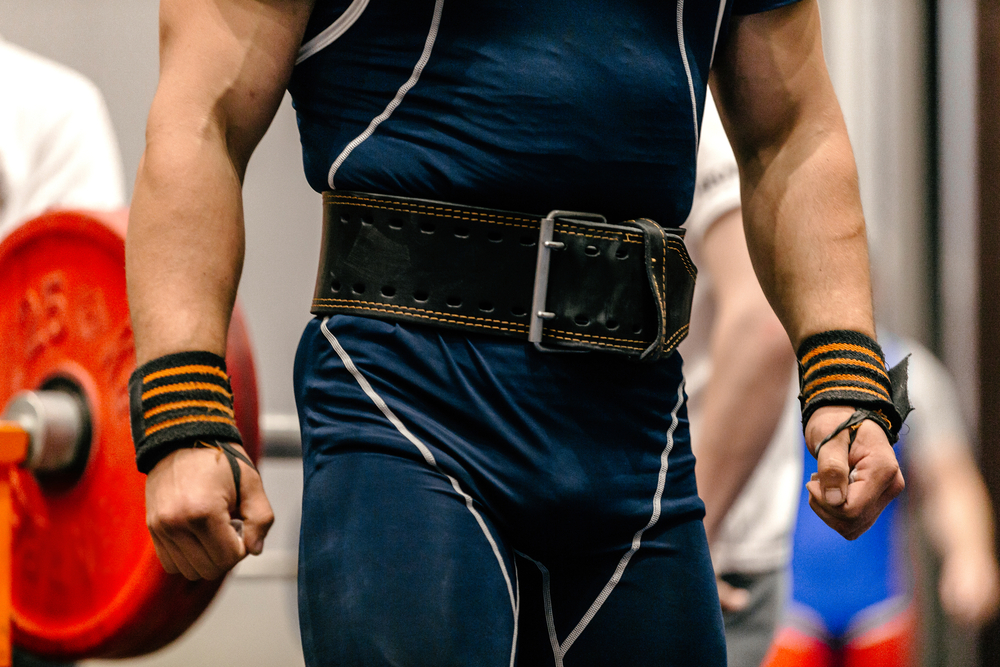
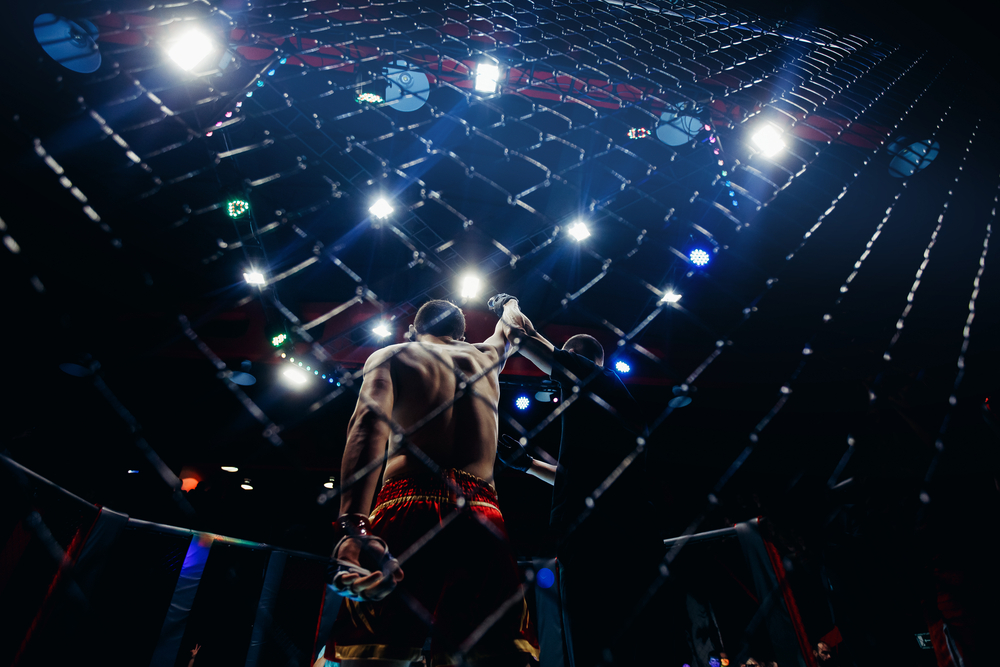
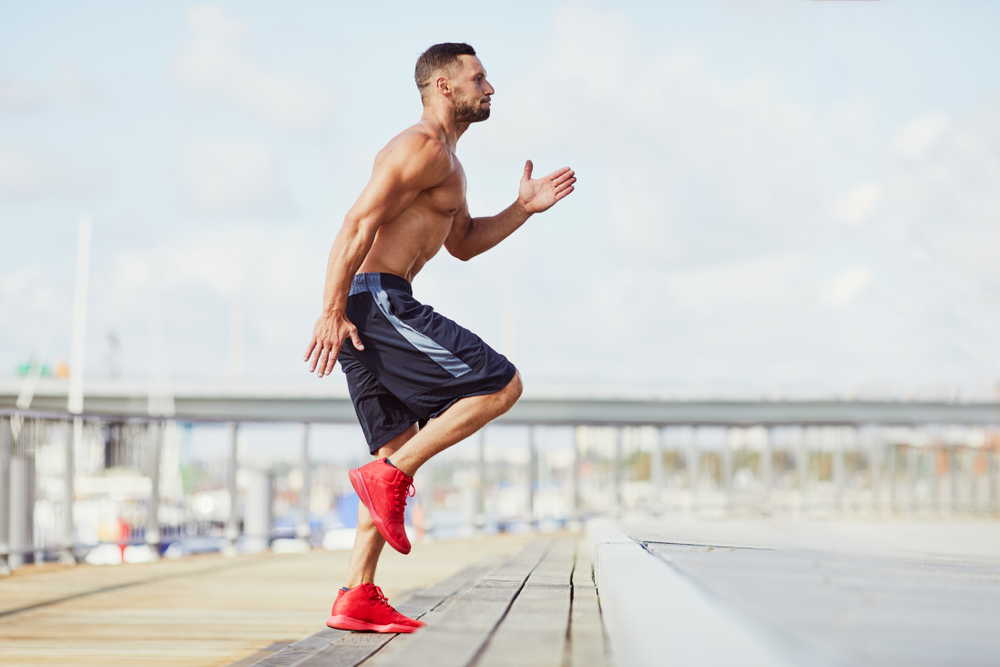
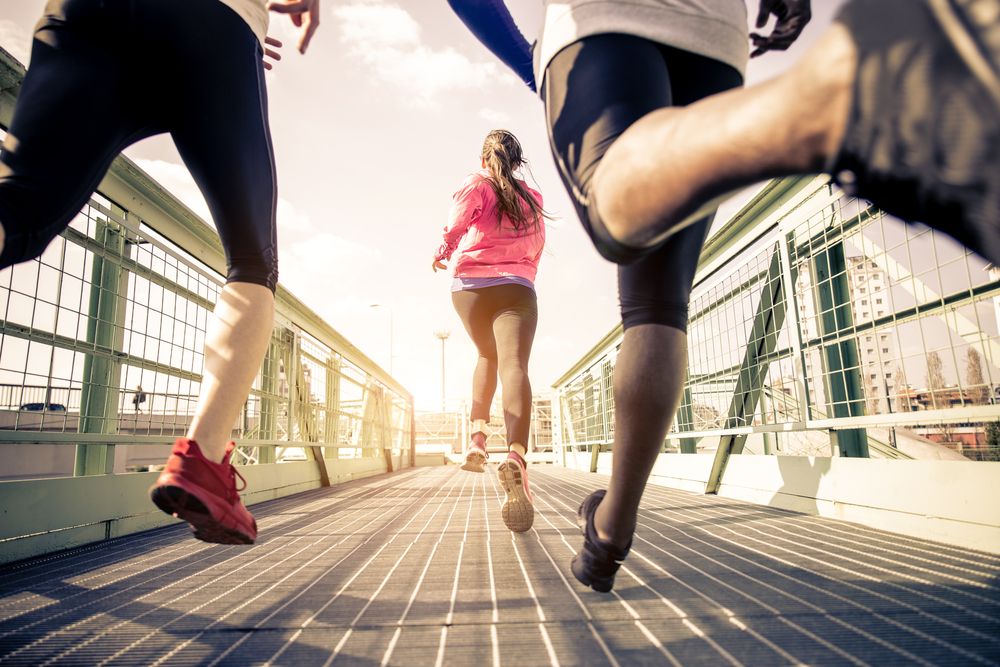
No Comments yet!